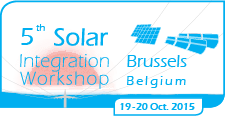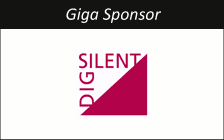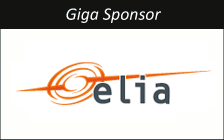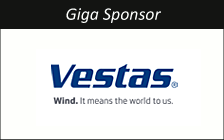Call for Papers
Presentation of Paper
To submit a paper, an abstract of maximum 3,000 characters (free style) as well as a brief summary of the nature
of your work and level of expertise have to submitted until 7 June 2015 to our online abstract submission platform.
The submission platform is now closed.
After a thorough reviewing process by the International Advisory Committee authors will be notified of the acceptance of their papers by 19 July 2015.
Final papers must then be submitted online by 31 August 2015.
As the conference language is English, all abstracts have to be written in English.
Authors will pay a reduced workshop fee.
All participants are responsible for paying their own travel and hotel expenses.
All presented papers and posters will be published in the workshop proceedings (ISBN 978-3-9816549-1-2).
Note: The best 15 papers from the Solar & Wind Integration Workshop will be selected for a special issue of the
IET Renewable Power Generation.
The selected papers nevertheless have to go through the review process of the journal, which will lead to changes compared to the original version presented at the conference.
Further Links:
IET Special Issue with selected papers of the 2013 workshops
Please select a subject for your work from the list of conference topics.
Proposed Preferential Topics
- Project experience related to grid connection
- Smart grids and wind power
- Experience with large-scale integration of wind power into power systems
- Grid connection technologies – AC and DC strategies
- Advances in on- and offshore wind energy technology and grid connection
- IT technology for the large-scale integration of wind power
- Wind power monitoring and prediction systems
- Energy management systems for on- and offshore wind power plants
- Modeling of wind turbines and wind power plants for system integration studies including methods of testing and verification of compliance with requirements, and technologies (on grid side and wind turbine side) to facilitate integration
- Power balancing methods and solutions, e.g. balance markets, to manage wind power variability in power systems
- Regulations (grid codes) and standards for the grid connection of wind power
- Rules and mechanisms for integrating wind power in electricity markets





















